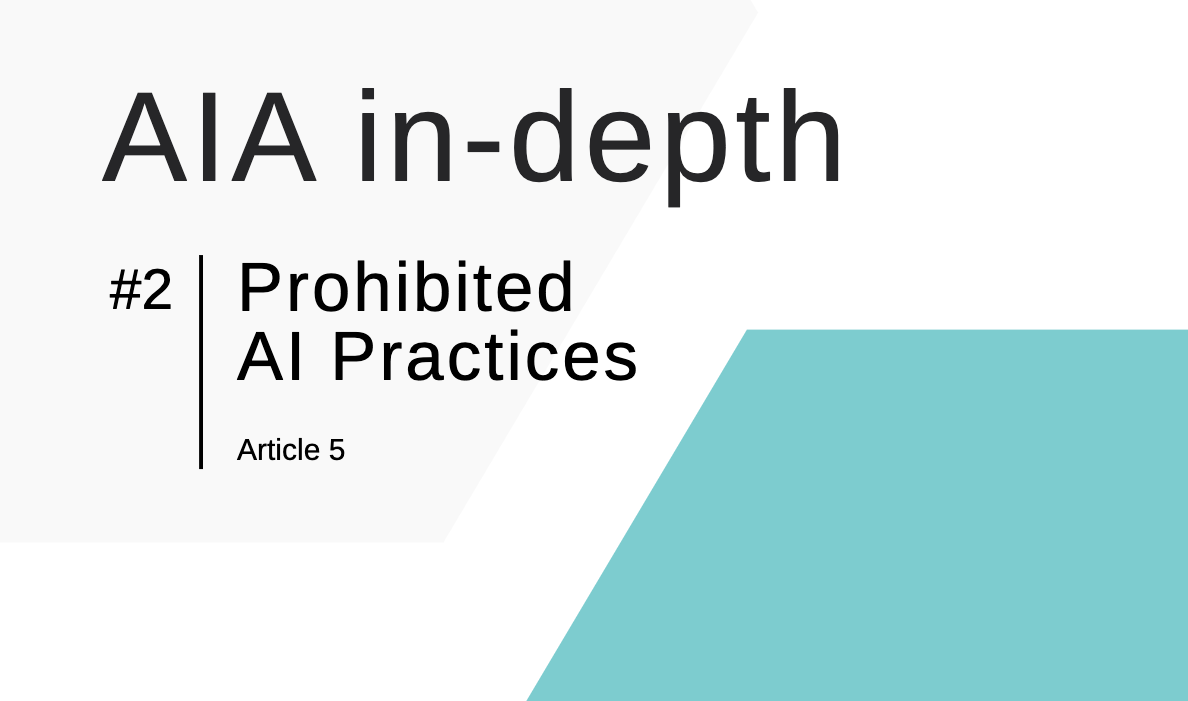AIA in-depth #2 | Prohibited AI Practices
This report is the second in a series of in-depth analyses of the European Commission proposal for a Regulation for Artificial Intelligence (AIA).
In this second report, we dive deeper into the main elements of Article 5 of the AIA: Prohibited AI Practices. By evaluating each prohibited practice, we will assess the scope of these prohibitions, also in relation to other legislation.
Main findings
1 Three types of AI practices are prohibited:
- Materially distorting behaviour with subliminal techniques or by exploiting vulnerabilities
- Social Scoring by public authorities
- Biometric Identification for law enforcement purposes
2 Prohibition of AI-driven manipulation is limited to a very rare and narrow set of practices. The AIA presents a grand opportunity to address the wider societal harms that AI-driven manipulation can bring and curb the trajectory towards the Internet-of-Minds.
3 Prohibition of social scoring is welcome but should be widened to private actors and clarified. For social scoring to be effectively banned in Europe, a clearer line should be drawn between what is considered ‘social scoring’ and what can be considered an acceptable form of evaluation for a certain purpose.
4 Prohibition of real time remote biometric identification only covers a narrow set of practices. Under the current prohibition, many biometric recognition practices (a.o. biometric assessment and biometric categorization) remain allowed, also by law enforcement. Outside of law enforcement all biometric recognition practices could in principle remain possible.



